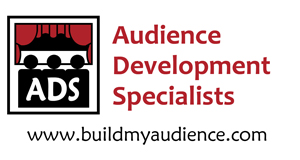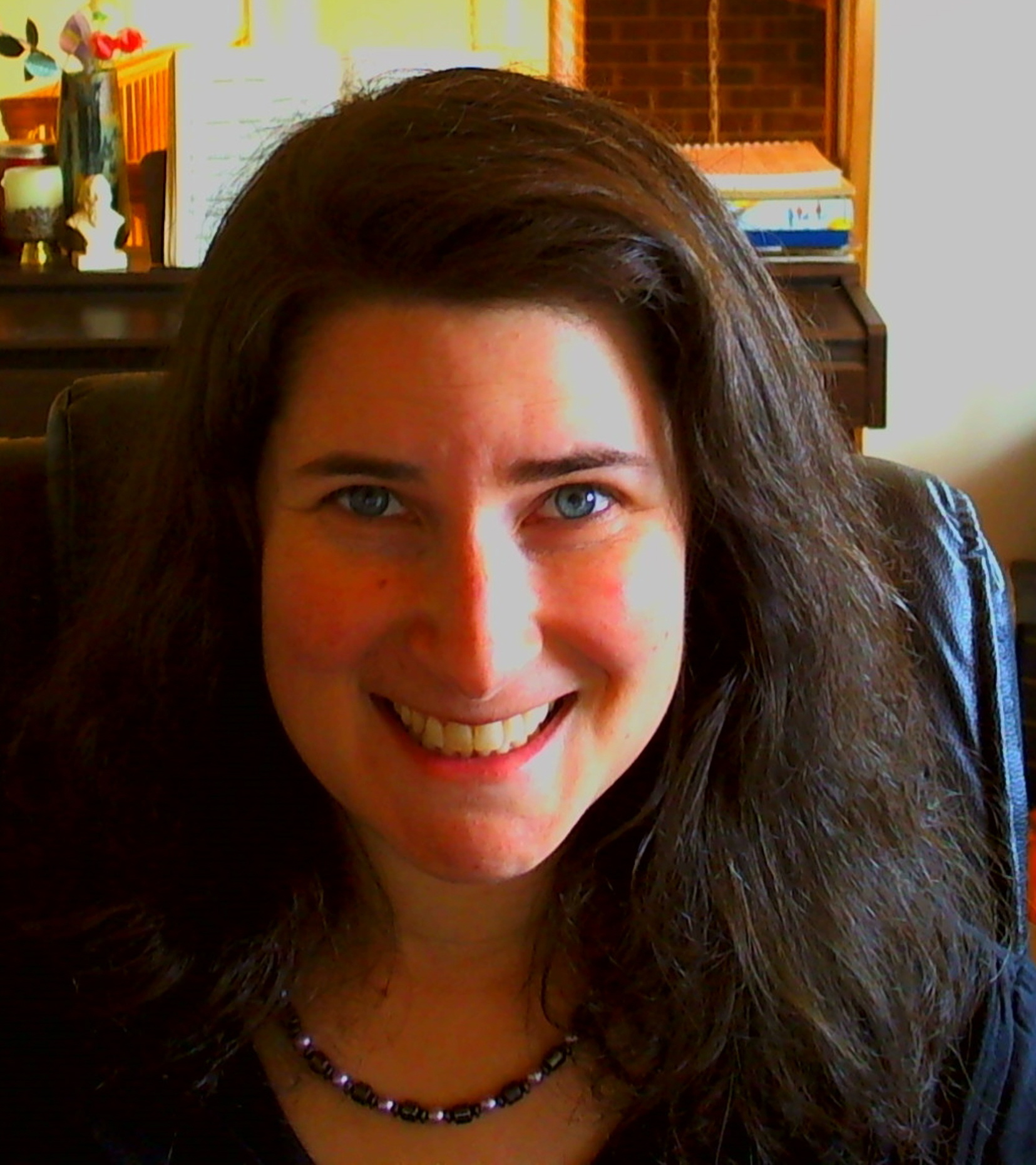Welcome Wednesday has arrived! I have another special guest blog post to share with you. Today we will be considering personal branding with marketing and theatre strategist, Clay Mabbitt. After reading Clay’s blog Sold Out Run, I found him to be quite thorough when he explores a topic. Personal branding is becoming an extremely important factor and it can be a game changer as well. The days of solely relying on others to promote your art, to promote you as an artist, are vanishing before our eyes. Artists and arts organizations now have the opportunity to become savvy in promoting themselves. In some cases, it is absolutely necessary to show that you have a following. Personal branding is the first step to self promotion and to building your audiences. In order to build relationships with new audience members and grow your following, you will first need to show a sense of who you are, what you are all about. Taking time on this step can ensure that you will attract the right audiences from the start.
Please do share your comments below. Enjoy!
*******************************************************
Personal Branding is Changing Audience Development
by Clay Mabbitt
A few months ago I heard an interview with a television actor. He mentioned studios had a minimum number of Twitter followers that any actor needed in order to be considered for certain starring roles. The details escape me. I don’t remember the actor or where I heard the interview, but that idea stuck in my head.
Television studios, who are hyper focused on rapidly establishing a large audience for all of their projects, place a lot of value on the strength of the personal brands they attach to their show. They value it so highly that it even affects casting decisions.
Studios are looking exclusively at performers bringing a strong, established audience to the table. Certainly number of Twitter followers isn’t the only measure of a celebrity’s reach, but it is a pretty good one. It represents a group of people who have gone out of their way to signify they want to give their extremely valuable attention to that actor.
You have a brand
We typically think of a brand as something belonging to major corporations like Coke or Disney, but it’s useful (particularly in arts marketing) to think about the personal brands we all have as individuals. It doesn’t matter if you’re in the spotlight or behind the scenes.
Steven Spielberg has a brand. Lance Armstrong has a brand. Your kid’s 5th grade teacher has a brand. Literally everyone has a brand because that’s just a label we give the collection of assumptions and expectations people have about you – whether they’ve personally met you or not. Hopefully their preconceptions are original and accurate, but they always exist.
This is nothing new. Centuries before anyone thought of the term brand, we talked about someone’s reputation. The big difference being that a reputation is typically something that people determine about you based on your actions. Your brand certainly includes your reputation as people make judgements about what you do, but it has the added ingredient of what you say about yourself.
If you want to be known as an excellent cellist, the first step is to put in the necessary practice to master your craft. The second step is to tell people you are an excellent cellist. That doesn’t necessarily mean bragging (although it could), but it definitely means talking about your passion for the cello, your favorite pieces, conductors you’d love to work with, musicians you admire, and symphonies you’ve heard. With more subtle (and likely more persuasive) words you establish an identity as a musician that people can identify with and feel affinity towards.
No brand is too small
A few decades ago, the only means of sharing this kind of information about yourself were major media outlets like radio, magazines, and television. If you weren’t a nationally recognized figure, you didn’t have a big enough audience to justify the cost of any of these channels.
That isn’t a valid excuse today. The cost of setting up a website or an email newsletter is trivial. If that technology is too daunting, start developing your audience on Facebook or Twitter. If you can reach 10 people, the endeavor has paid for itself.
Leverage your connections
Adding subscribers to your newsletter and getting social media followers isn’t just an exercise in vanity. You are building relationships with people that care about what you are doing and like you. This is the audience you want.
When tickets become available for one of your shows, let these good folks know. Remember they raised their hand and said they wanted to stay informed about what you’re up to.
Not everyone in your audience will buy a ticket to every show, but you don’t want that ever to be because they didn’t know it was happening.
Most of us are swimming in a much smaller pond than network television. We don’t need to bring 100,000 Twitter followers to the projects we join, but the technology now exists for us to economically bring 100, 50, or even 10.If everyone involved in your next performance – both onstage and offstage – practiced the brand development described above, it would completely change the dynamic of the audience.
Not only would tickets sell faster, but the house would be filled with people that walked in already having a connection to the performance because they were emotionally invested in someone’s personal brand.
Even better than a large audience is a large, engaged audience. [:O)]
Clay Mabbitt is a professional marketing consultant and part-time actor. He can’t stop his brain from coming up with ideas and strategies for promoting theater productions, which he posts on his blog.
Cheers to happy and loyal audiences,
Shoshana
Shoshana Fanizza
Audience Development Specialists
https://www.buildmyaudience.com
“Never treat your audience as customers, always as partners.”
~James Stewart
Although we are not a non-profit, if you would like to support ADS to continue our work, you can donate here.
New eBook! The How of Audience Development for the Arts: Learn the Basics, Create Your Plan





